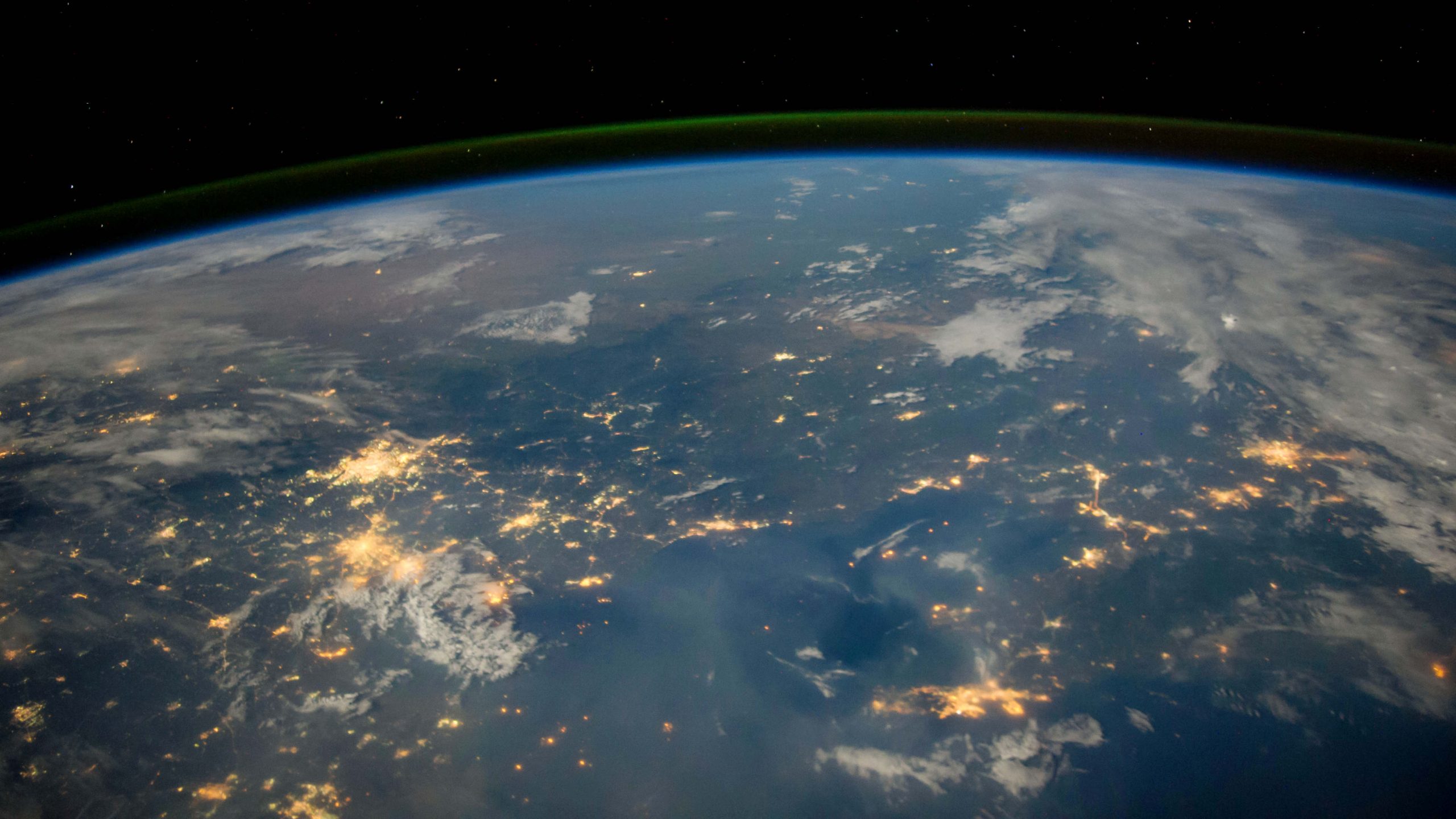Urbanization is typically self-reinforcing.
People move to urban centers (or places convert into urban centers) because there is better infrastructure and coverage of services like education and shopping opportunities.
Parallel to that, whenever people are living close together, infrastructure and amenities can be more efficiently provided.
This means that urbanization leads to more urbanization.
As this New York Times article elaborated over 20 years ago, whenever there is a new technology that has the potential to shape landscapes, there are winners and losers.
When electricity was introduced, it was urban centers that were the first to get access to the power grid. Even running water was quickly picked up in developed countries hundreds of years ago and was an important milestone in development, both for health but also the economy (people spending less time fetching water).
In a historical context and especially considering their significance, the few decades these developments took are short.
However, considering the rapid technological developments at the moment, it needs to go way faster with access to broadband Internet.
Mainstream internet access has been around for 20 years, yet even in first-world countries like Germany, you can’t get broadband internet everywhere, but mostly in cities. As a result, companies that rely on connectivity, and with them, people, move into cities, abandoning the countryside.
Now here’s the catch… unlike electricity or running water, the technology evolves faster than it “dissolves” into the countryside. In theory, everything will eventually be available anywhere. But by the time it is, it’s already outdated.
I can’t believe, I’m writing this in 2018, but the Internet does need a little push for general availability, or the difference between urban centers and remove areas and with it the income gap will get worse.
(Image credit: NASA)

Leave a Reply